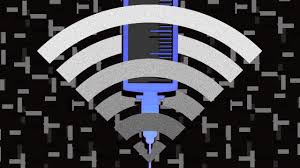Nuance Audio is a new option for people who resist traditional aids, from the company that makes Ray-Bans and operates LensCrafters.
Seekers of Meaning Podcast Posted Online March 7, 2025
What's Next Longevity Deal Talk Episode 32, January, 2025
Presentation: What's Next Longevity Venture Summit, June, 2025
WAWABILITY 2025, Washington DC, July, 2025

 Apple recognizes that aging is at the core of a device/health strategy. Several features were announced at Apple’s developer conference this week that were specifically relevant for an older demographic. Perhaps that population, likely aged 70+, may not (yet) have an iPhone or an Apple Watch. Noting the tech adoption gaps cited by
Apple recognizes that aging is at the core of a device/health strategy. Several features were announced at Apple’s developer conference this week that were specifically relevant for an older demographic. Perhaps that population, likely aged 70+, may not (yet) have an iPhone or an Apple Watch. Noting the tech adoption gaps cited by April 2021 – the season for tech surveys.
April 2021 – the season for tech surveys.  First the ‘good news’ about tech adoption…
First the ‘good news’ about tech adoption…  Pew Research just published its periodic survey about Internet use. Let’s assume consensus that growing the percentage of those using the Internet was a social good. Let’s assume that many are now concerned that older adults may have missed vaccine sign-up opportunities without access to the Internet. Pew’s survey
Pew Research just published its periodic survey about Internet use. Let’s assume consensus that growing the percentage of those using the Internet was a social good. Let’s assume that many are now concerned that older adults may have missed vaccine sign-up opportunities without access to the Internet. Pew’s survey  Looking out toward the future – what trends matter most?
Looking out toward the future – what trends matter most?  More programs are emerging to get older adults to tech parity. Maybe 2020 was the tipping point and 2021 is the year. The first eye-opener was the
More programs are emerging to get older adults to tech parity. Maybe 2020 was the tipping point and 2021 is the year. The first eye-opener was the